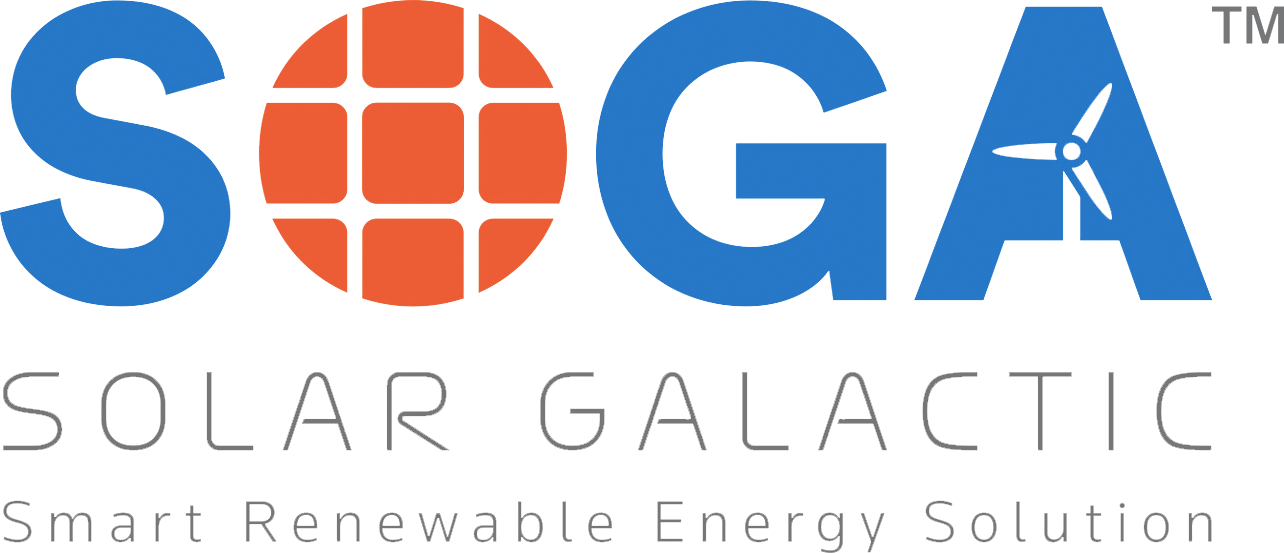Blog What should an Energy Audit Include?
An energy audit is a comprehensive assessment of a facility’s energy usage and efficiency. It aims to identify opportunities for energy conservation, cost savings, and sustainability improvements. The audit must provide valuable insights into how energy is used in a facility and recommends measures to optimize energy efficiency.
Here are the key components that should be included in an energy audit:
- Energy Consumption Analysis:
Utility Bills Analysis: Review and analyze historical utility bills to understand energy consumption patterns and identify any unusual trends.
Load Profile Analysis: Create a load profile to understand how energy is consumed during different times of the day, week, or year.
- Facility Walkthrough and Data Collection:
Equipment Inventory: Create a detailed inventory of all energy-consuming equipment and systems in the facility.
Data Logging: Use data loggers to collect real-time data on energy usage for critical equipment and systems.
Building Envelope Inspection: Assess the insulation, windows, doors, and other components of the building envelope to identify potential areas of energy loss.
- Building Systems and Operations:
HVAC Systems Assessment: Evaluate the efficiency of heating, ventilation, and air conditioning (HVAC) systems, including controls, maintenance, and setpoints.
Lighting Systems Inspection: Assess the lighting systems, including the type of lighting, controls, and opportunities for energy-efficient lighting upgrades.
Water Heating Systems: Evaluate the efficiency of water heating systems and recommend improvements if necessary.
Building Automation Systems (BAS): Assess the effectiveness and optimization of BAS for controlling various building systems.
- Energy Efficiency Opportunities:
Identify Energy Conservation Measures (ECMs): Propose specific actions and upgrades that can improve energy efficiency, such as equipment replacements, retrofits, and process optimizations.
Renewable Energy Potential: Assess the feasibility of integrating renewable energy sources, such as solar panels into the facility.
- Occupant Behaviour and Awareness:
Employee Engagement: Include recommendations for employee training and awareness programs to promote energy conservation behaviours.
Operational Changes: Suggest changes in operational practices that can contribute to energy savings.
- Financial Analysis:
Cost-Benefit Analysis: Evaluate the cost-effectiveness of proposed energy efficiency measures, considering the upfront costs and expected return on investment.
Incentives and Rebates: Identify available financial incentives, grants, or rebates for implementing energy-saving measures.
- Energy Performance Benchmarking:
Compare Performance: Benchmark the facility’s energy performance against industry standards or similar facilities to identify areas for improvement.
Key Performance Indicators (KPIs): Develop key performance indicators to track and measure ongoing energy performance.
- Recommendations:
Prioritize Recommendations: Prioritize recommendations based on their impact, cost-effectiveness, and feasibility.
Implementation Plan: Outline a phased implementation plan for recommended measures.
- Monitoring and Verification:
Monitoring Plan: Develop a plan for ongoing monitoring to track the effectiveness of implemented measures. Highlight usage of technologies like machine learning, data analytics and IIoT.
Verification Procedures: Establish procedures to verify that energy efficiency measures are performing as expected.
- Regulatory Compliance:
Compliance Review: Ensure that the facility complies with relevant energy efficiency standards and regulations.
An effective energy audit acts a roadmap to achieve energy efficiency and energy balance while promoting sustainable practices within a facility. It is a valuable tool for organizations committed to enhancing their environmental performance and achieving long-term energy sustainability.
Get you audit done and understand how renewable energy options like solar can serve your business needs in the long term. Drop us an email at energy@solar-galactic.com for a study and consultation on solar possibilities for your industry.


